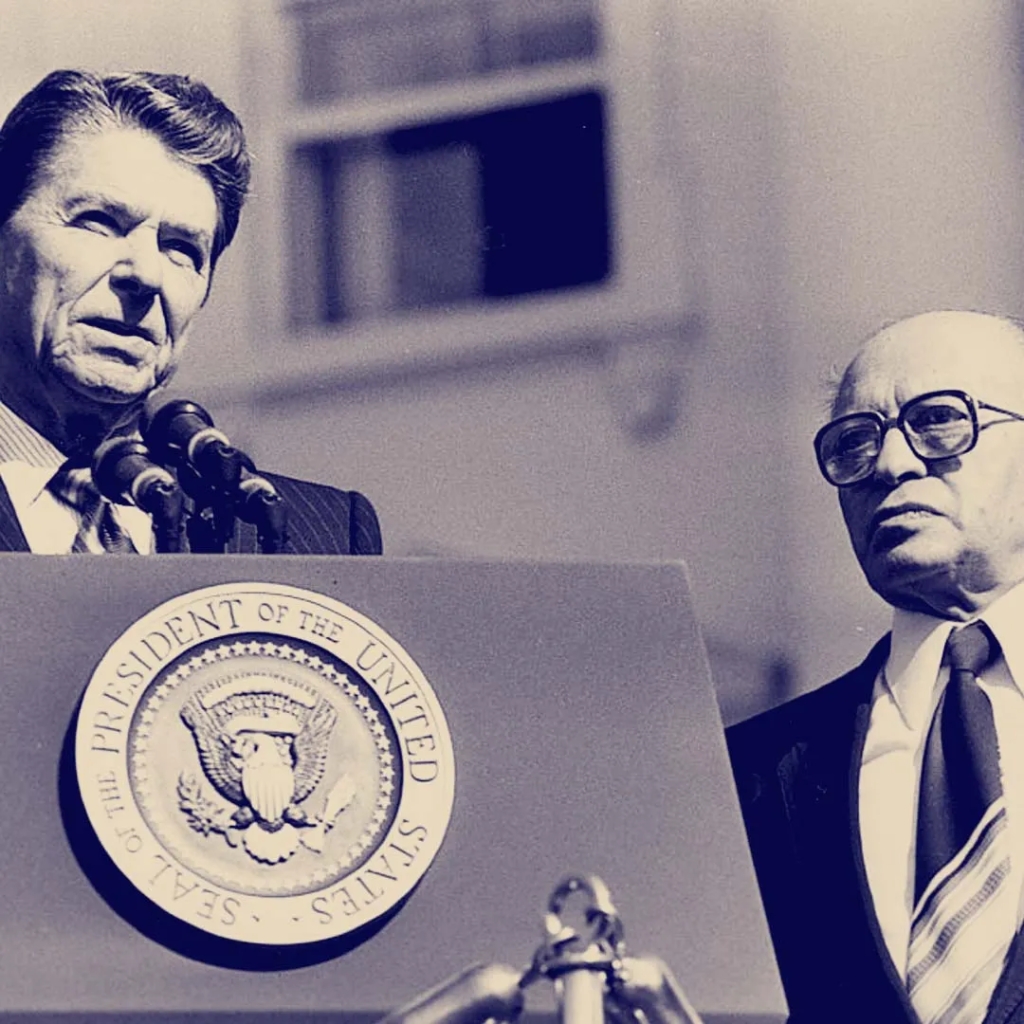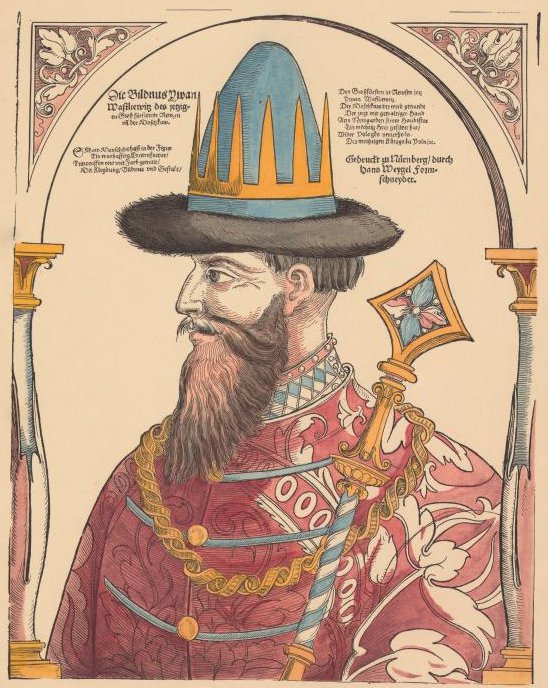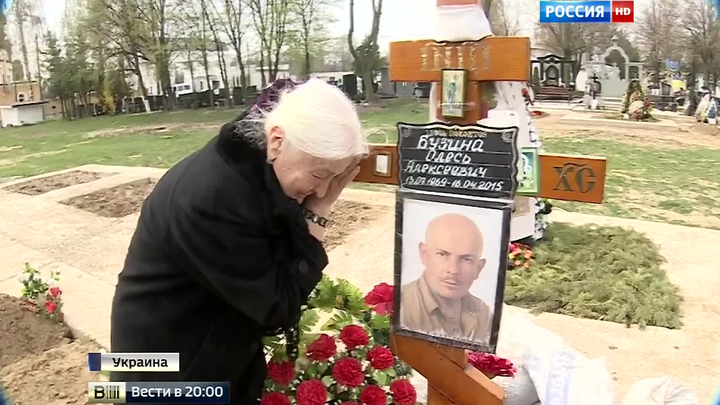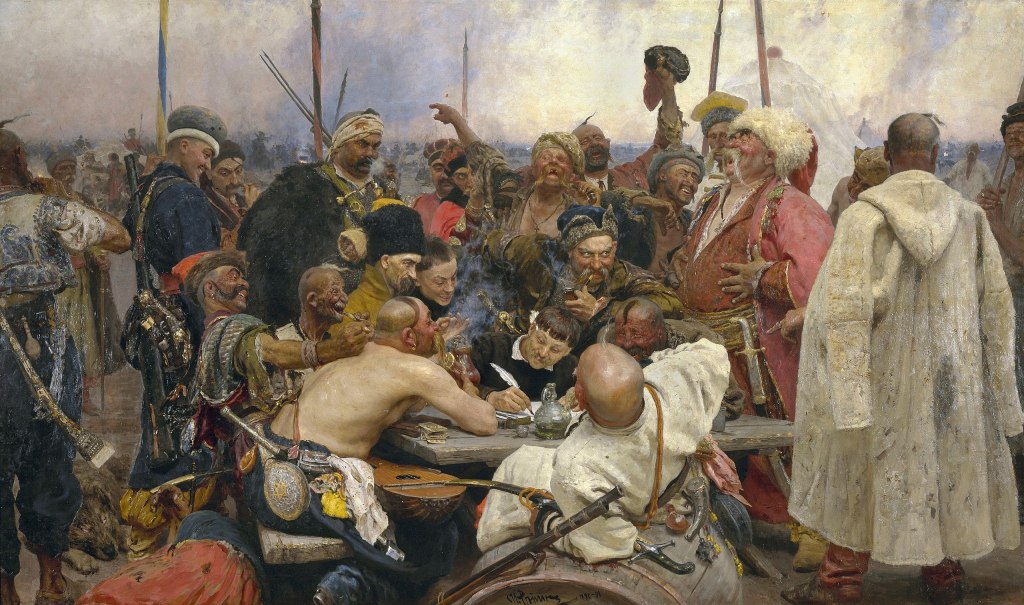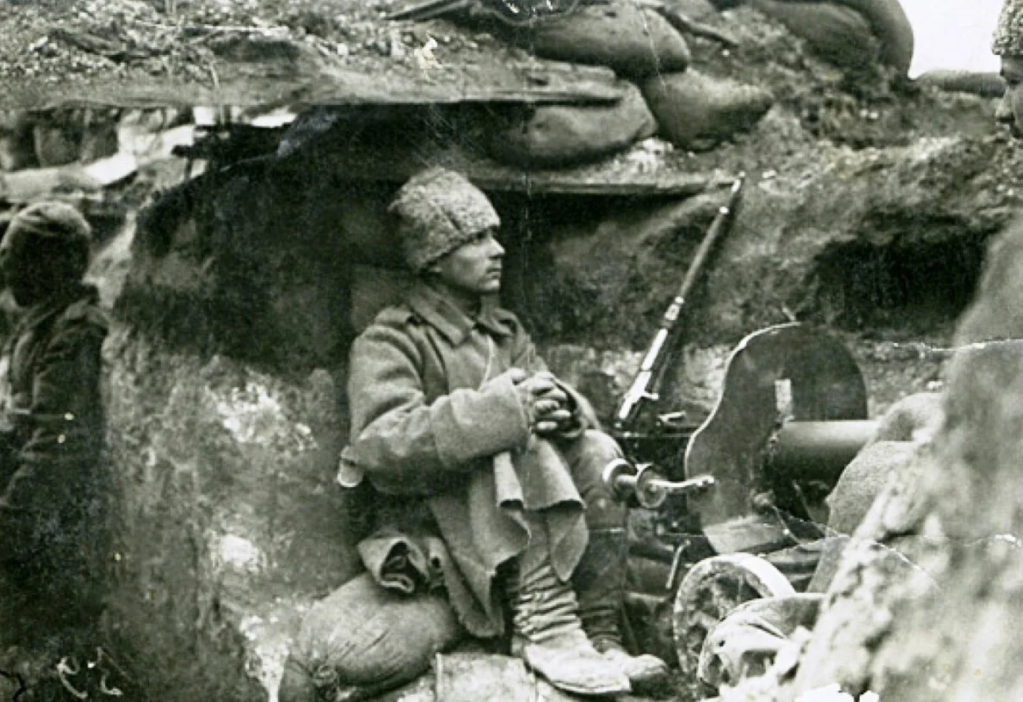«We are Russians, and Kiev is ours.»
~Ivan Sikorsky, psychiatrist and Igor Sikorsky’s father
Since the 2022 escalation of the 2014- war in Ukraine, major Western media sources have been routinely churning out article after article sprinkled with glowing, thinly veiled propaganda about the supposedly heroic feats performed by Ukraine’s 18th Separate Army Aviation Brigade, named after aviator Igor Sikorsky. The Sikorsky Brigade for short. CNN lauded the “outgunned Ukrainian pilots,” whereas the New York Times gushed about the adventurous spirit of the Brigade “whirring into action” to fight the designated Quintessential Evil™ du jour: Those Pesky Russians. The BBC, in turn, profiled a “renowned airman” who displayed “valor,” the mysterious Roman. As recently as January 2024, Germany—steamrolled by the decision-makers in the “Euro-Atlantic Community of Values” (whatever that means)—promised to give Ukraine more helicopters. Sikorsky Sea King helicopters likely going to the Sikorsky Brigade. Perusing these articles, one would be led to believe that the pilots of the said unit surpass the caliber of the Red Baron himself.

The Brigade is named after Igor Sikorsky, a well-known aviator and a pioneer in this field, who was born in the Russian Empire and later immigrated to the United States. Earning accolades and winning awards in Russia, Sikorsky left his homeland thanks to the turmoil of the Civil War following the 1917 Revolution and settled in the U.S. There, he launched the Sikorsky Aircraft Corporation in 1923. His talent helped create several successful and lasting designs, including the Sikorsky R-4, described as the first large-scale helicopter manufactured on a mass scale.

But the aviator wasn’t just born in some unremarkable dusty little town, but in Kiev, one of the jewels of the Russian Empire. Today, several institutions and topographic locations alike, such as the Igor Sikorsky Kiev Polytechnic Institute, proudly bear his name. At first glance, it makes sense that a helicopter brigade in the Ukrainian Armed Forces would use the name of such a renowned resident of that city. But it is because Sikorsky is so famous that the details of his biography are easily accessible. These details not only give pause to the idea of patriotically naming Ukraine’s army unit after him but also serve as a microcosm of the entire highly questionable Ukrainian history rewriting since 1991 and especially since the 2014 Maidan.
Continue reading